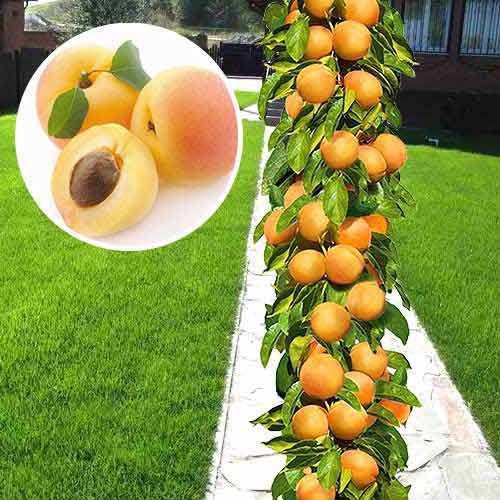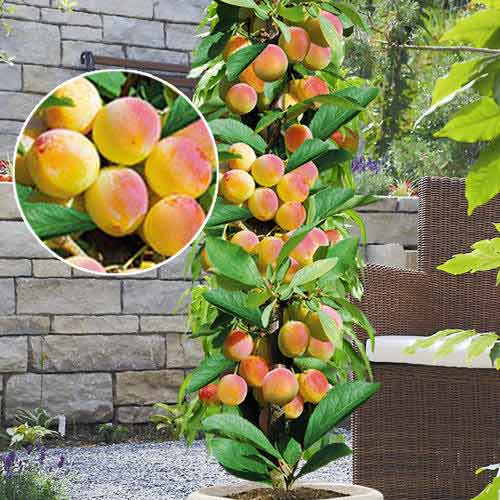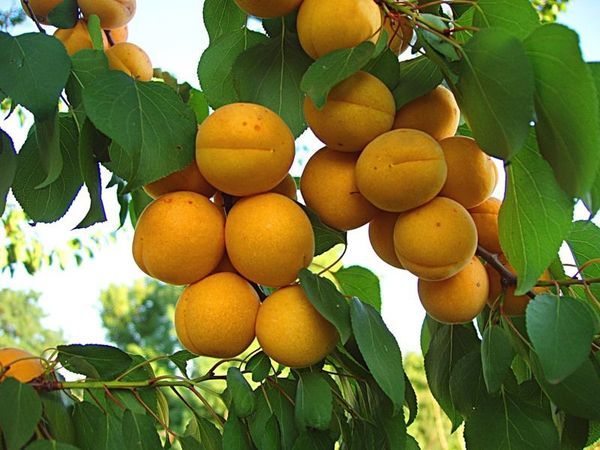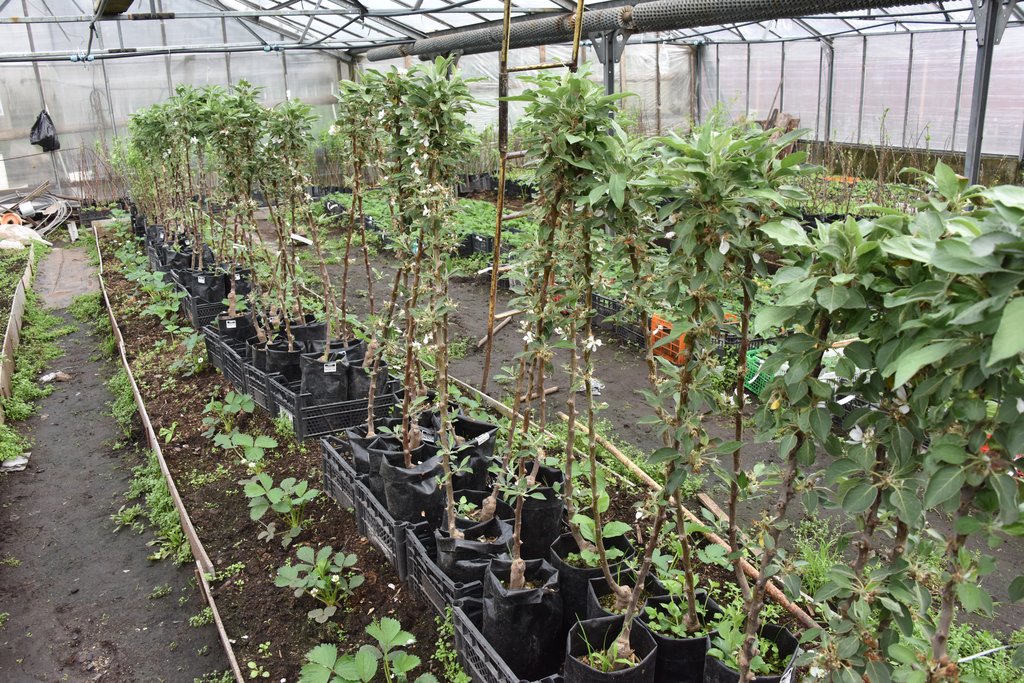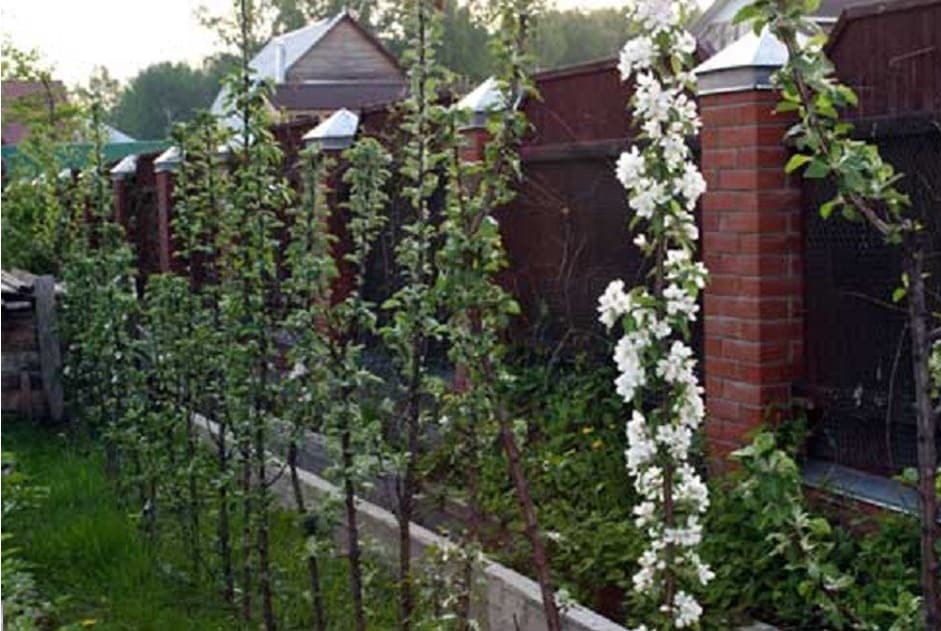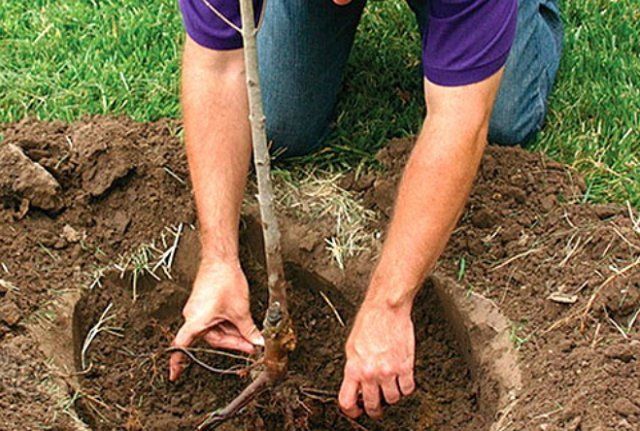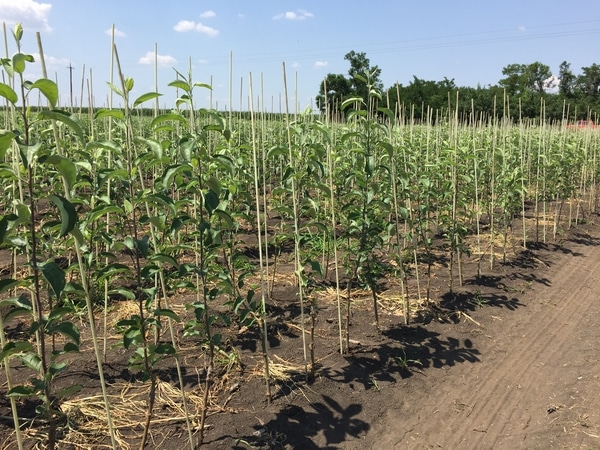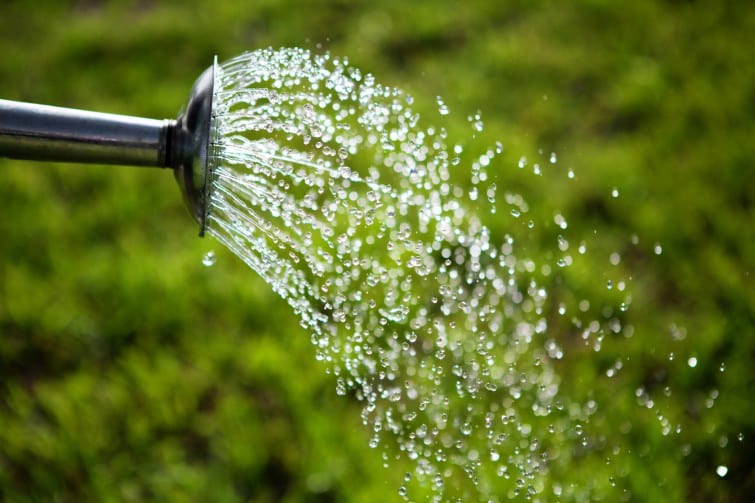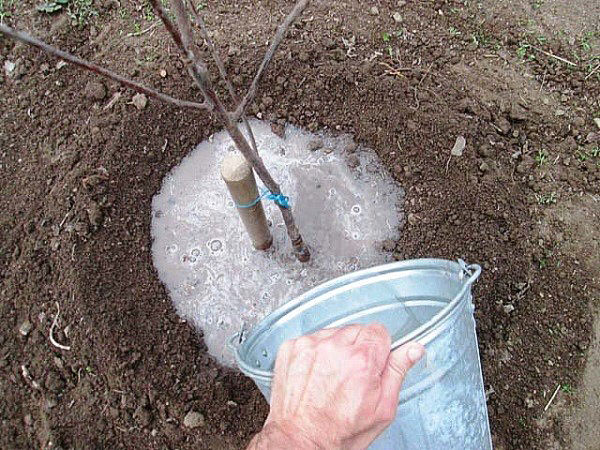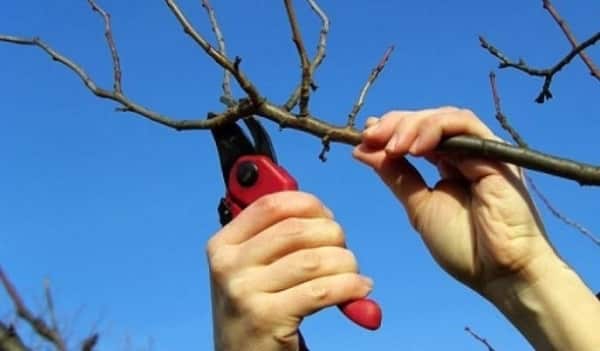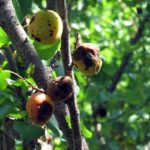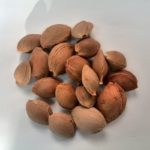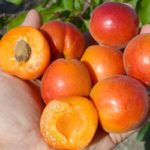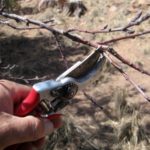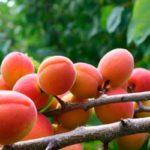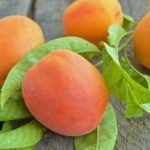In conditions of short summers and cold winters, gardeners did not grow heat-loving crops, because they froze, and if they took root, the ovary fell off in the spring, there were almost never any fruits, and those that ripened turned out to be small and tasteless. Breeders worked on developing hybrids of southern plants that could be cultivated in the middle zone. The result of their work was the creation of columnar apricot, which quickly replaced the usual varieties of heat-loving crops and began to be grown in gardens and suburban areas, delighting with fragrant fruits.
Description, external features
The tree of a new variety of apricot has an interesting column-like shape. Short branches extend from the straight trunk, the length of which does not exceed 20 cm. In the south, the height of the plant reaches 3 meters; in the middle zone the trees are slightly lower. White or pink buds bloom on them in early spring - at the end of March or April. The leaves, regardless of shape, point upward.
Orange, red or yellow apricots ripen on the side branches. The weight of the fruit depends on the variety, on the conditions of cultivation and care, on average it weighs 20 g, some specimens reach 80 or even 100 grams, but there are also very small berries. Summer residents are happy to plant columnar apricots, since the tree needs no more than a square meter of area to grow and bear fruit. The advantages of the varieties include:
- Possibility of canning fruits for the winter.
- Good yield.
- Interesting appearance of the plant.
The fruits appear in the third year, picking them is easy and convenient. Columnar apricots are immune to many diseases of garden trees. However, not all summer residents know how to form a crown, that the plant needs to be pruned every year, without this the crop does not develop normally, and few fruits ripen.
The best varieties of columnar apricot
Scientists did not stop at breeding just one hybrid of a garden crop, but created several varieties that differ in ripening time, color and weight of fruits, recommended by the region for cultivation. The best varieties of apricots for the middle zone should be chosen among columnar trees that are not afraid of cold winters and are easily located in a small area.
To avoid taking up space with pollinating plants, you need to plant self-fertile hybrids. Perfect for the Moscow region:
- Gold;
- Star;
- Sunny.
The fruits of the Prince Mart variety ripen by the end of July and are already set on two-year-old trees. Apricot tolerates severe frosts, is rarely susceptible to disease, and does not require additional pollination. Three or four plants will provide enough fruit for a family to eat and preserve for the winter. In the northern regions, the variety can be planted in greenhouses, since the height of the tree barely reaches 2 meters. The bright orange fruits weigh about 60 g.
Summer residents and gardeners in the Moscow region are happy to grow the self-fertile Zvezdny apricot, which delights with its yield.
Although the fruits ripen quite late, a whole bucket of juicy and sweet fruits are harvested from one compact plant, differing in:
- yellow color;
- pulp with a pleasant aroma;
- thin skin;
- weighing about 80 grams.
Trees of the Gold variety more than 2 meters high do not die at 33-34 °C below zero. In August, oval-shaped apricots with an unusual pinkish blush ripen. The productive Sunny variety is cultivated in mid-latitudes. It tolerates low temperatures and does not freeze at minus 35 degrees. The golden fruits ripen in August and weigh up to 60 grams, but pollinating plants need to be planted next to the apricot.
The height of the tree is about 2.5 m, but up to 1.5 buckets of fruit are collected from it. Sunny also takes root in partial shade, but the yield in such a place drops significantly. In Kuban, where the climate is favorable and the soil is fertile, any variety of stone fruit crops is grown.
Features of planting columnar apricots
Both apricots and hybrids bred through selection are demanding of light and love the sun. In the absence of such conditions, if fruits are set, they will be in small quantities, and the taste will sharply deteriorate. Trees bloom very poorly in the shade.
You don’t need a lot of space for a columnar apricot, so you can always find a small area where the cold wind does not hit and there are no drafts. It is easy to plant a tree between buildings at a distance of 20-15 centimeters from them, but so that no shadow falls on it. Apricots should not be placed in lowlands, where both melt and rainwater stagnate and cool and humid air accumulates. The tree will be comfortable if you find a place for it at the foot of a gentle slope.
In the southern regions, columnar apricots are planted in open ground in both October and April. In the fall, it manages to take root and get stronger before the cold weather arrives no earlier than December. In the middle zone, trees are planted only at the end of spring or in the first month of summer, since frosts are a frequent occurrence here, and the hydrometeorological center is not able to predict when they will come.
Apricots develop poorly and often get sick in the place where they used to grow:
- tomatoes and peppers;
- raspberries and strawberries;
- potatoes and eggplants.
Such crops are attacked by helicopters and infect fruit trees with fungi. It is very difficult to cope with the pathogen. Apricot seedlings, preferably 2-year-old ones, are placed at a distance of 80 cm-1 m, leaving at least a meter between rows. Trees take root well on loose soils, permeable to moisture, and grow on loams, gray soils and chernozems.
It is advisable to buy seedlings in special nurseries that are located in your area, since the apricots that they sell are adapted specifically to this climate. The height of the tree should be within a meter. It is necessary to check whether the roots bend, whether the seedlings have healthy bark, and whether there is a trace of grafting.You should not buy apricots grown from the seed.
The hole for the tree is prepared in the fall. Both its depth and width should be within 60-70 cm. To prevent the water from turning sour, expanded clay or small crushed stone is poured onto the bottom in a 40 mm layer, after which wood ash or mineral fertilizers in the form of urea, superphosphate or potassium nitrate are added.
The top layer of earth is mixed with humus and sand, placed at the bottom of the hole, a support for the tree is installed nearby and covered, and in the spring:
- Make a hole in which the apricot is planted vertically.
- Pour and compact the soil, leaving a root neck of about 5 cm above the surface.
- A furrow is made along the tree trunk, sprinkled with peat or straw.
- The tree is attached to a support and watered with 2 buckets of warm water.
In order for the columnar plant to take root faster, the roots are soaked in a solution of potassium permanganate or a biostimulant, after which they are shortened a little and dipped in mash made from clay and manure.
Care
To please the columnar apricot with juicy fruits, timely planting alone is not enough. The tree needs to be constantly taken care of.
Care includes:
- feeding;
- watering;
- preventive treatment;
- pruning;
- preparation for winter.
Fertilizers are applied every month, starting in spring and ending in autumn. Chicken manure is suitable as organic matter; 1 kg of the substance is taken in 3 buckets of water. Apricot needs potassium, phosphorus, and nitrogen. The crop tolerates drought normally, but dies when moisture stagnates. The tree should be watered no more than once every 2 weeks, unless, of course, there is extreme heat, a sprinkler system is best. If it is absent, add up to 5 buckets of water under the apricot.
Before cold weather, they also begin to abundantly moisten the soil in the tree trunk circle. The soil must be loosened carefully so as not to touch the roots located close to the surface. Columnar apricot is treated with copper sulfate in early spring and after the ovary has formed. The tree trunk is wrapped with dense material to prevent it from being chewed by hares, and the ground under the plant is mulched with a thick layer of hay, sawdust, and humus.
Trimming
After the crown is formed, and this must be done, otherwise the tree will bear fruit poorly, every year the shoots are shortened so that their length does not exceed 20 cm, and no less than 3 buds remain on each. Be sure to remove dried branches and those on which the ovary no longer forms. Pruning of columnar apricot is carried out in both March and October.
Disease Control
Stone fruit plants are affected by fruit rot, which occurs when the ascomycete fungus multiplies. Flowers fall off the tree, the ovary fades, branches and leaves dry out. Columnar apricots also suffer from moniliosis, and the crop suffers from hole spotting, which is facilitated by rainy and damp weather.
Spraying plants with a solution of copper sulfate, Bordeaux mixture, removing dried stems, mummified fruits, blackened leaves, damaged bark, and digging up tree trunks helps prevent the activation of fungi. Treatment of trees is carried out in early spring, when the buds have not yet awakened, and is repeated after the formation of the ovary.
Diseased apricots sprayed with fungicides. The most effective among them are “Signum”, “Horus”, “Malkin”, “Kuproksat”.
Wounds and cracks that appear on shoots and trunks are cleaned, capturing a couple of centimeters of healthy wood.After this, the damaged area is disinfected with copper sulfate, potassium permanganate solution or Fundazol, and covered with Rannet paste or garden pitch. In order for apricots to develop better and get sick less, it is necessary to plant varieties that are adapted to certain climate conditions.

